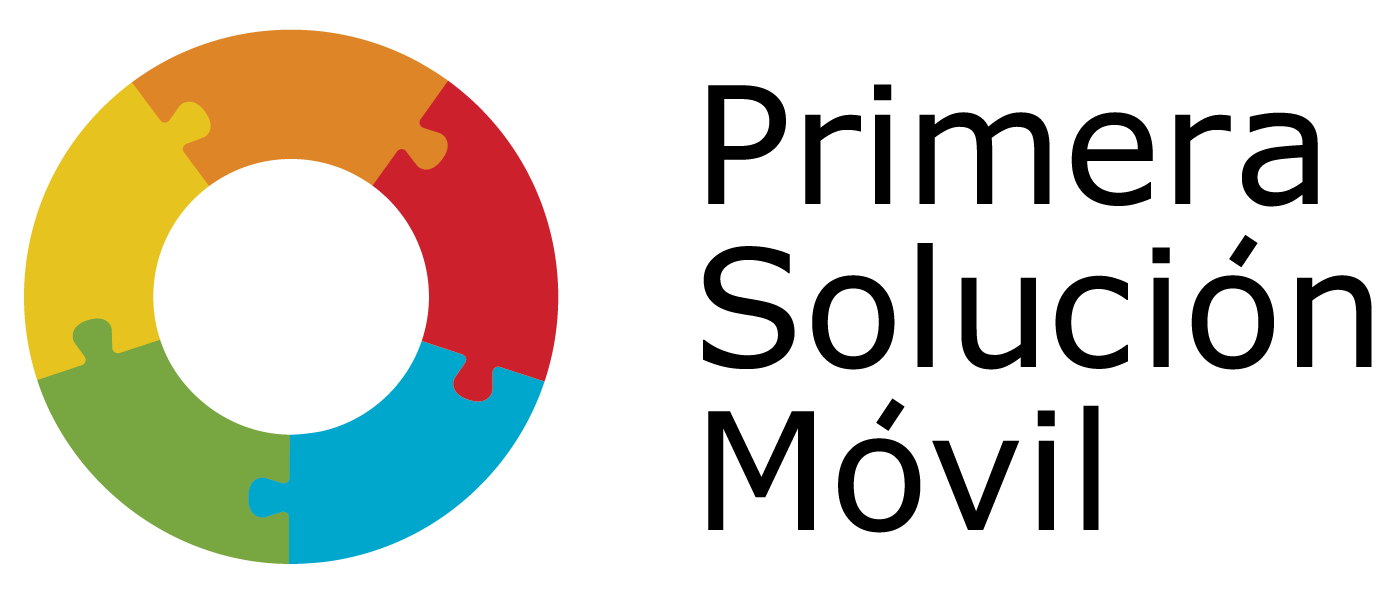How I work: development cycle
In order to choose the right development model, I have to keep in mind the project’s need’s. I offer two models, Agile and Fixed Cost, which help to find the very best solution to each plan within a period of time and budget.
Since every application is unique, chances are the best solution is using a mix of each method.
I analyze your’s so as to choose the best solution for each party.
Agile
Agile. This model allows a resilient development, making changes throughout the project without harming it.
It has many iterations – also called sprints – where the work is monitored in order to make any needed change.

We choose Agile when:
- Project’s necessities are not fixed, allowing to make changes along the way;
- It’s way to big to plan it completely from the beginning;
- The client wants to actively be part of the development;
- There is the need to regularly submit a report;
- It’s more important to start swiftly rather to plan everything.
Stages
1. Your participation
Client: Shows their idea and it’s requirements.
Result: Requirements, budget and deadlines clear, user interface’s model and signing of contract.
2. Creation of MVP (Minimum Viable Product)
Client: Review of the last version after each cycle.
Result: MVP available, clear vision of application’s development.
3. Development of MVP
Client: Review of current MVP.
Result: After the testing period is over, the solution is ready to be implemented.
4. Implementation
Client: Checks if the solution is OK, helps with it’s release.
Result: Final Acceptance Certificate is signed.
5. Maintenance
Client: Uses the software, presents potential improvements.
Result: Maintenance during the it’s creation and after it’s released.
Waterfall – Fixed Cost
Waterfall. Model much less resilient, it needs a fixed requirements to be completed in order to go to the next stage. This model has a fixed budget, which it’s set in the contract, and lacks resilience.

We choose Fixed Cost when:
- There must be a strict report system, which allows to exactly follow the time and money consumed;
- Resilience it’s not needed;
- You prefer project with a fixed cost and documented throughly;
- You can’t take part on the work actively;
- High availability of time and resources.
Stages
1. Review
Client: Shows their idea, it’s requirements and what to prioritize.
Result: Requirements clear, without wrong interpretations.
2. Development
Client: Approval of project’s details and development’s design for the next 3-6 months.
Result: Software ready for it’s release.
3. Testing
Client: Testing software’s functions.
Result: Working software.
4. Implementation
Client: Checks if the solution is OK, helps with it’s release.
Result: Final Acceptance Certificate is signed.
5. Maintenance
Client: Uses the software, presents potential improvements.
Result: Maintenance during the it’s creation and after it’s released.
